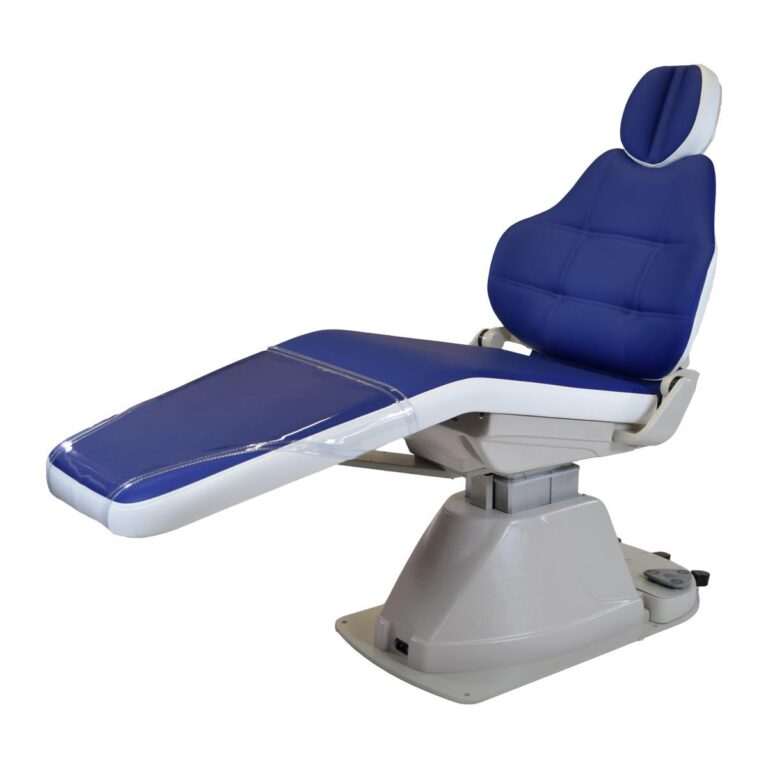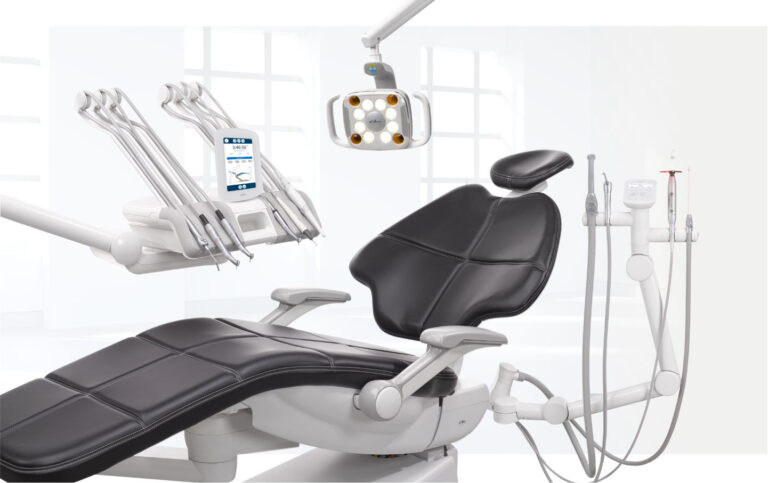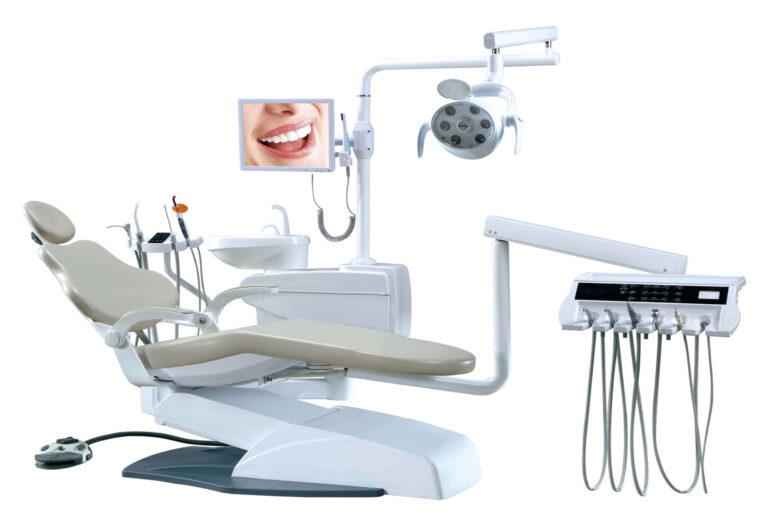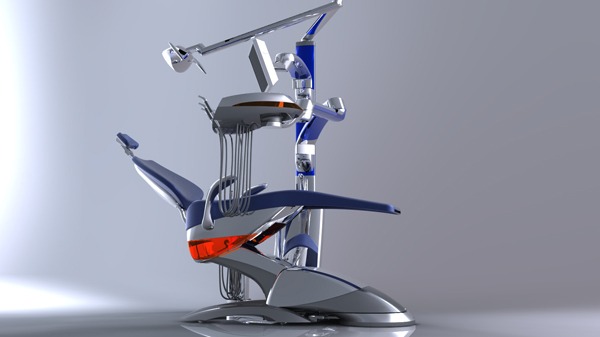In the realm of dental care, the selection and positioning of dental chairs go beyond simple equipment choices—they are pivotal to clinical outcomes. These chairs significantly impact the dental team’s ergonomics, optimizing for both health and efficiency, while also prioritizing patient comfort and accessibility. This article delves into the complexities of dental chair positions, ranging from upright settings to the various positions necessary for different procedures, and how they play a crucial role in shaping clinical outcomes. We will explore the ergonomic significance for dentists, dental hygienists, and dental assistants, and the importance of patient-focused adjustments in chair positioning.
Ergonomic Importance of Dental Chair Positions for Practitioners
The design and positioning of dental chairs are crucial in preventing musculoskeletal disorders among dental professionals. Proper ergonomics not only reduces the risk of injuries but also improves efficiency, leading to better treatment outcomes. An ergonomic dental chair should provide proper lumbar support, adjustable armrests, and easy-to-use controls.
For dentists, the chair’s height is a key factor in maintaining proper positioning. The ideal height for maxillary teeth is 8cm or 13 inches below the level of the operator’s shoulder, while for mandibular teeth, it is 16cm or 6 inches below the level of the operator’s elbow. The dentist should sit back in the chair with their shoulders relaxed, avoiding leaning forward. Leaning over the patient for extended periods should be avoided to prevent back strain.
Dental hygienists and assistants also require precise chair positioning to facilitate effective teamwork and maintain personal health. Ergonomic chairs for these roles are scarce, especially for those with longer legs. Strategic placement, such as the 7 o’clock position, is key to enabling assistants to work comfortably without risking musculoskeletal health.
Historical Evolution of Dental Chair Design and Its Impact
The evolution from standing to sitting dentistry in the 1960s introduced new challenges and highlighted the need for improved ergonomics, reflecting a significant shift in dental chair design. This transition emphasized the importance of operator health and the role of dental chairs in minimizing musculoskeletal issues and boosting efficiency.
Over the years, dental chair design has continued to evolve, with the latest advancements emphasizing ergonomics and significantly influencing the health and efficiency of dental practitioners. These innovations have not only improved working conditions for dental professionals but have also enhanced patient comfort and treatment outcomes.
Optimal Dental Chair Positions for Different Procedures
Dental practices perform a wide range of procedures, each requiring specific positioning and access to the oral cavity. Adjustable dental chairs offer the versatility and adaptability necessary to accommodate the diverse needs of different treatments.
For restorative dental procedures, the most preferred operating positions are:
- Upright position
- Almost supine
- Reclined 45 degrees
The upright position is ideal for patient entry and dismissal, as well as for taking radiographs and impressions. The supine position, where the patient lies on their back with their head, knees, and feet at approximately the same level, is commonly used during procedures. The reclined 45-degree position provides the dentist with a clear view of most mandibular and occlusal surfaces.
Customizing Dental Chair Positions for Patient Comfort and Accessibility
Customizing dental chair positions to meet patient needs goes beyond mere comfort; it is vital for effective treatment outcomes. Ensuring the right position, from an upright setting for consultations to reclined positions for procedures, is essential in dental chair configurations.
Patients should be positioned with their head and heart parallel to the floor and their feet slightly elevated to reduce the incidence of syncope due to increased anxiety during dental procedures. This specific positioning helps ensure the patient’s comfort and safety.
Adjustable dental chairs provide patients with a higher level of comfort and relaxation during procedures. The ability to customize the chair’s position, headrest, and armrests allows patients to find a comfortable posture that suits their needs, alleviating physical discomfort and anxiety. This meticulous attention to patient positioning ensures their relaxation and security during visits, highlighting a patient-first approach in dental care.
Moreover, the versatility of adjustable dental chairs benefits patients with special needs or physical limitations. These chairs can be adapted to accommodate patients with mobility issues, ensuring their comfort and safety during dental procedures.
Innovative Dental Chair Designs and Their Clinical Implications
The latest advancements in dental chair design emphasize ergonomics, significantly influencing the health and efficiency of dental practitioners. Innovative features such as built-in massagers, integrated multimedia systems, and virtual reality headsets provide distraction and make the dental experience more enjoyable for patients. These enhancements contribute to a pleasant and engaging atmosphere, reducing dental anxiety and improving patient satisfaction.
As technology continues to evolve, we can expect further innovations in dental chair design that prioritize both practitioner ergonomics and patient comfort. These advancements will undoubtedly shape the future of dental practice, leading to improved clinical outcomes and a more positive dental experience for all involved.
Global Implications and the Need for Awareness
The insights into dental chair ergonomics offer worldwide relevance, highlighting the need for global awareness and adaptation in clinical practices. Dental professionals across the globe should prioritize the proper selection, positioning, and maintenance of dental chairs to ensure optimal working conditions and patient care.
Raising awareness about the importance of dental chair positions and their impact on clinical practice is crucial. Dental education programs should incorporate comprehensive training on ergonomics and chair positioning to equip future dental professionals with the knowledge and skills necessary to maintain their health and provide high-quality patient care.
Conclusion
In conclusion, the positioning of dental chairs plays a critical role in enhancing clinical practice and patient comfort. Proper ergonomics for dental professionals, including dentists, hygienists, and assistants, is essential for preventing musculoskeletal disorders and improving efficiency. The historical evolution of dental chair design has highlighted the need for continued innovation and awareness in this area.
Customizing dental chair positions to accommodate different procedures and patient needs is crucial for effective treatment outcomes and patient satisfaction. Innovative designs that prioritize both practitioner ergonomics and patient comfort will shape the future of dental practice.
The global implications of dental chair ergonomics underscore the need for worldwide awareness and adaptation in clinical practices. By prioritizing the proper selection, positioning, and maintenance of dental chairs, dental professionals can ensure optimal working conditions and provide the highest quality of patient care.
As the dental industry continues to evolve, ongoing research and advancements in dental chair design will be essential to address the ever-changing needs of both practitioners and patients. By staying informed and embracing these innovations, dental professionals can create a more comfortable, efficient, and effective dental experience for all involved.
FAQs
How does dental chair positioning impact the health of dental professionals?
Proper chair positioning is essential to prevent musculoskeletal disorders, common among dental professionals due to prolonged and static postures. Ergonomically designed chairs support optimal posture, reducing the risk of neck, shoulder, and back pain.
What are the key considerations in dental chair design for patient comfort?
Key considerations include adjustable features to cater to different procedures and patient needs, such as adjustments for maxillary and mandibular treatments, and accommodations for patients with special conditions like vertigo or pregnancy.
How have dental chair designs evolved over the years?
Dental chair designs have evolved from traditional, one-size-fits-all models to more ergonomic and adjustable chairs. This evolution addresses the diverse needs of both dental practitioners and patients, focusing on comfort, accessibility, and health.
What is the importance of dental assistant positioning?
Dental assistant positioning is crucial for the overall efficiency of the dental team. Ergonomic positioning reduces physical strain and increases the assistant’s ability to effectively support the dentist during procedures.
Are there specific ergonomic chair designs recommended for dentists?
While there is no one-size-fits-all design, ergonomic chairs often feature adjustable seat pans, backrests, and heights to support a neutral posture. Some dentists prefer saddle-style seats, which allow for more upright and close positioning of the patient.
Can the right dental chair positioning improve clinical efficiency?
Yes, proper positioning can significantly improve clinical efficiency by reducing physical strain on the dental team and ensuring optimal accessibility and visibility during procedures.





